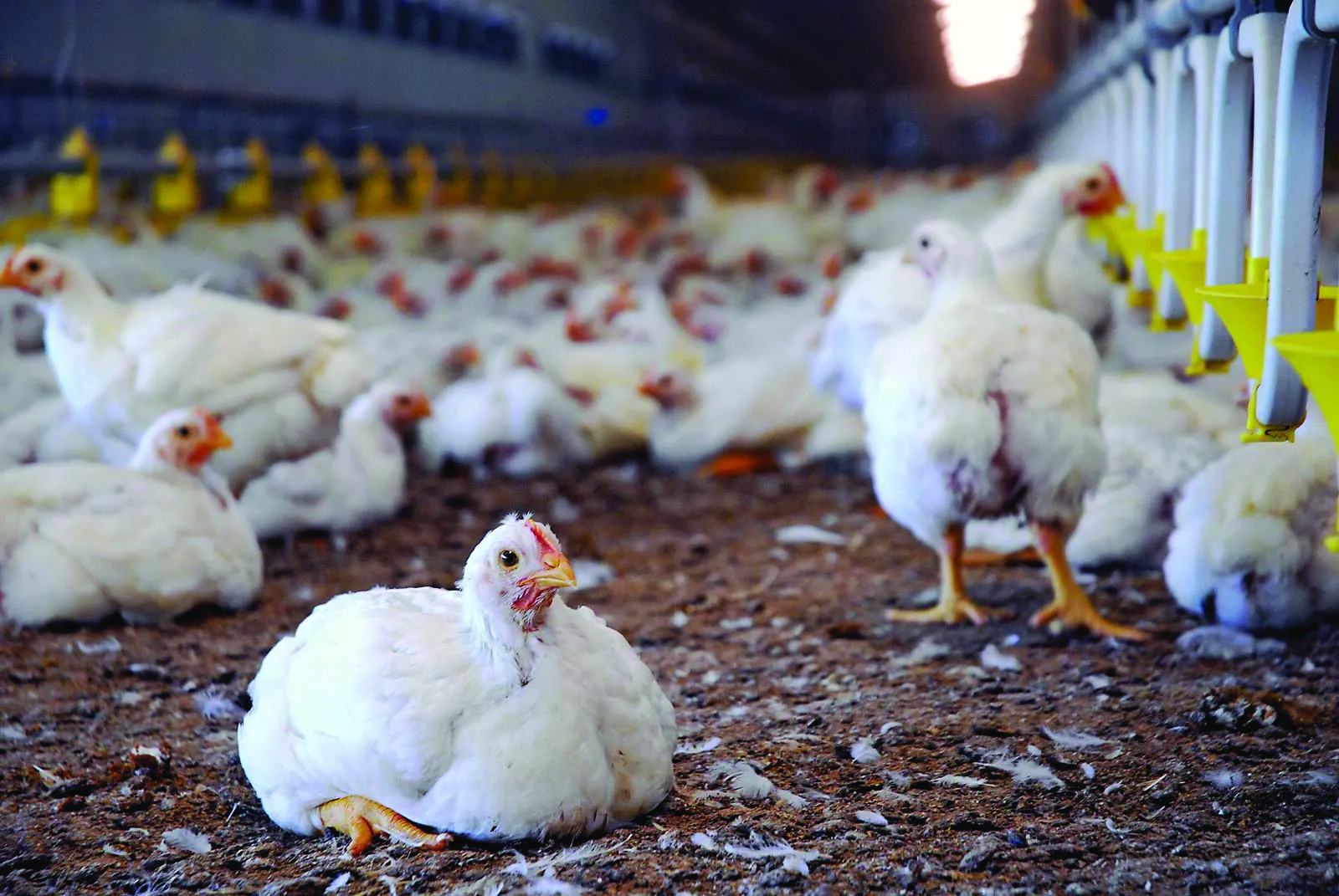Bird flu concerns and measures for NZ

The widespread deaths of chickens globally due to bird flu has had a profound impact on poultry production, impacting employment, grocery stores, and exports. Photo: Supplied.
New Zealand poultry farmers are on alert after outbreaks bird flu in two Australian states and, more worryingly, the more virulent highly lethal strain of the flu in Antarctica.
In recent months, there have been increasing cases of the High Pathogenic Avian Influenza (HPAI) virus, commonly known as avian or bird flu, detected in Victoria and Western Australia. Fortunately, these strains have been confirmed not to be the highly lethal H5N1 variant that has caused severe outbreaks elsewhere in the world.
However, a significant concern for New Zealand is the detection of H5N1 in mainland Antarctica for the first time last year, where it has affected numerous
seals.
“The onset of winter in Antarctica has complicated efforts to assess the extent of the outbreak and the full impact won’t be known until late spring,” says Michael Brooks from Poultry Industry Association New Zealand.
The concern with the H5N1 strain is that it impacts wild birds which significantly reduces the ability to control the disease and spread. And while it appears in a mild form in wild birds it turns deadly when it infects domestic poultry.
“I’m worried. I have seen the devastation it has caused around the world. It’s a very brutal strain with birds dying within 48 hours of becoming infected. We don’t want this for our native or domestic birds,” says Michael.
“It’s very rare for H5N1 to transmit to humans and with other countries experiencing outbreaks we can use this information to best prepare for a response.”
The widespread deaths of chickens globally have had a profound impact on poultry production, impacting employment, grocery stores, and exports.
“When a chick is born it’s five months until that bird can produce eggs or meat, so when there are mass poultry fatalities it creates a huge production gap,” Michael says.
Avian influenza is mostly spread by wild birds contaminating food or water supply. It can spread rapidly by the movement of eggs, birds, people, vehicles, farm equipment between farms, as well as aerosols, litter, biting insects, and vermin. Therefore, the highest levels of biosecurity are paramount for all poultry owners.
Despite New Zealand and the Pacific Islands being the only two countries without a strain of avian flu our remote geographic location does not make us exempt from risk therefore biosecurity measures have been intensified to minimise risk.
The country’s response efforts, co ordinated under the ‘One Health’ approach, involve collaboration between industry stakeholders, the Ministry for Primary Industries (MPI), Biosecurity NZ, and Food Safety NZ. Local egg and poultry farmers remain the frontline force for early detection and are being supported with up-to-date information.
Backyard bird owners should also be aware of the rising cases. Backyard flocks are ‘layer hens’ that typically begin laying eggs after 18 to 20 weeks from hatching.
To protect backyard flocks, owners should monitor their birds closely and ensure measures are in place such as restricting access to wild birds and regularly disinfecting equipment and facilities.
For more information on current responses, symptoms, and actions in case of suspected avian flu, resources are available here.
